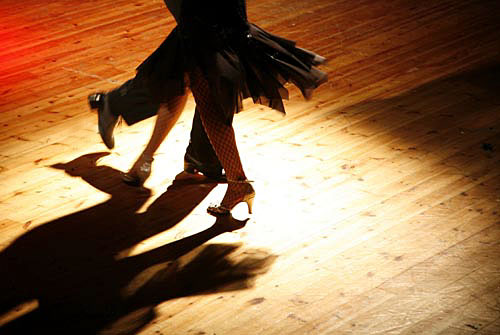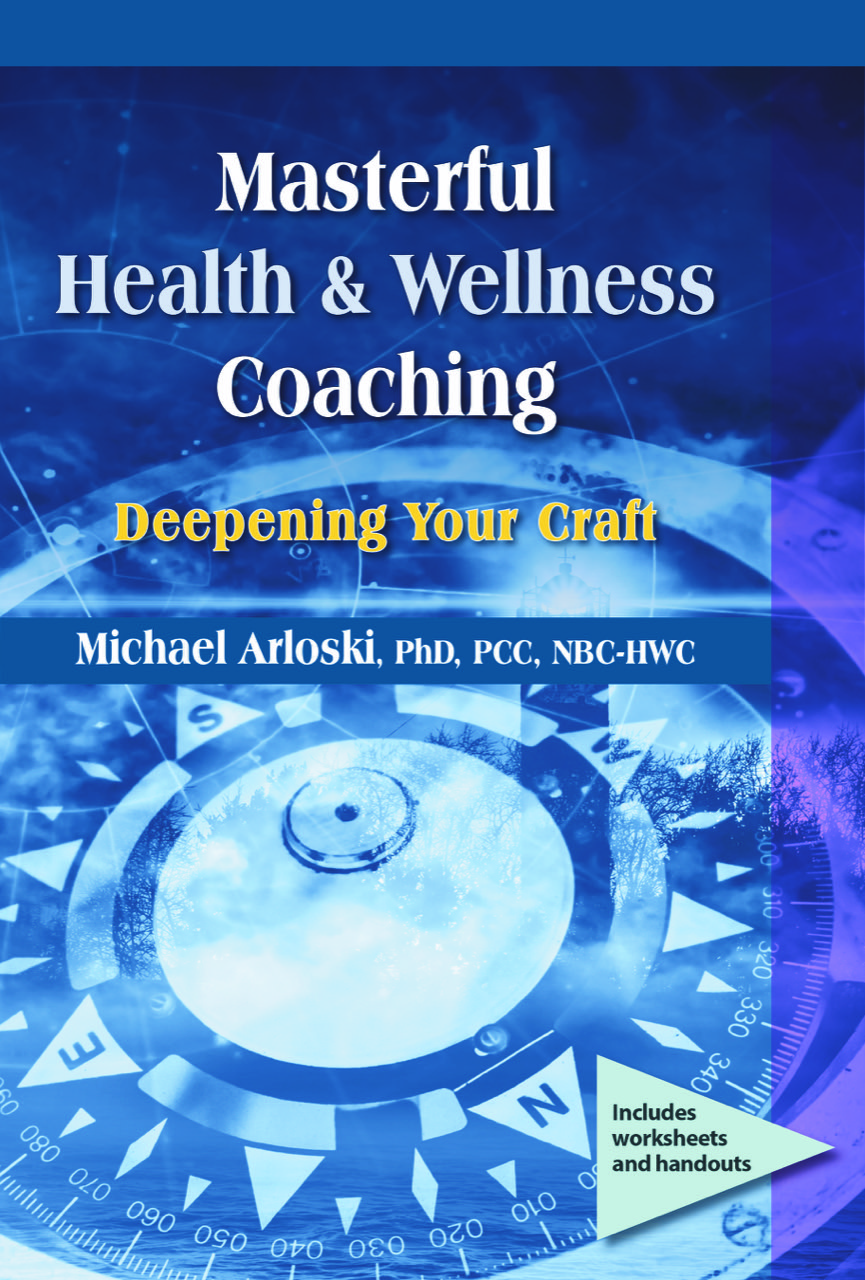Coaching Alignment: Patience and Pacing

Being in alignment with our client can refer to both our cognitive and emotional congruence with them. Congruence, resonance, and even alignment itself are all ways of expressing “being on the same page” with our client. This means clearly understanding the content of what our client is saying and also being in touch with their emotional state and expression. This allow us to more easily and effectively provide empathic understanding. This results from the effort by the coach to relate to our client, understand them and what they are communicating.
Alignment is achieved by a combination of effective coaching presence, a lack of judgment, active listening skills and the way the coach creates a tempo for the session through the use of their own verbal skills. On this latter point, how is the coach matching or reflecting the speed of the client’s speech and how are they (the coach) influencing or regulating it? How fast is the client covering ground ? That is, how quickly are they discussing subjects and processing? In other words what is the pace of the coaching session?
When coach and client are out of alignment coaching, much like a car engine, tends to sputter. If the coach is ahead of the client; talking much faster; pushing an agenda or trying to cover ground too quickly, the client may simply check out of the conversation, or struggle to keep up. The result could be awkward silences in response to questions, or a ‘fits and starts’ type of interchange that is seldom productive.
If the coach is behind the client, we see insufficient energy being expressed by the coach and the client is setting a pace that the coach is out of synch with. At some point the client will notice how the coach is not keeping up either with content or with energy. The client may become frustrated, or despondent and could even decide to drop out of the coaching. The consequences of being out of alignment with our client can be serious.

Being Out of Alignment – Causes
So, what can cause a coach to be so out of alignment with their client? What leads them to become out of synchronization with the coaching conversation?
• Coach’s personality and anxiety. Some people are naturally faster talkers and processors. These coaches have to self-monitor their own rapid speech and processing with a determined effort at patience. There is also the anxiety that comes with being new to coaching.
• Coach’s culture and background. Some people have simply learned to talk faster because of their family of origin, their own background, or even where they grew up. It’s a common observation to see the stereotypical New Yorker speaking rapidly.
• Pressure from a coaching system the coach is working in. Coaches sometimes work for companies that expect fast results. Coaching sessions, even with limited time, don’t have to feel rushed but easily could.
• The coach is too up in their head. That is, they are thinking too much about what to say or ask next and their listening is suffering as a result. The coach misses vital expressions of emotion or even content leaving the client feeling unheard. The client may be baffled by why the coaching is asking about something that they spoke of earlier but have already moved on from.
How to Be in Alignment With Our Client
• Get centered. Being centered, grounded and more calm allows the coach to be as patience as they need to be. It allows the coach to be more present and better at observing all that is going on with their client. Doing what centers you in your life on a regular basis will allow you to come into the coaching session in a more centered way.

• Psychophysiological self-regulation. What allows you to manage your own anxiousness? First is awareness that you may have gone beyond feeling energetic to acting frenetic. Become aware of the signs that your level of anxiety has gotten high. Anxiety is not always accompanied by worry. Are you jumping at sudden, loud noises? Are you breathing short and shallow? Have you exceeded the caffeine intake that you can handle without becoming ‘wired’? Practice breathing with more depth. Get enough sleep and rest. Consider learning methods for deeper relaxation such as relaxation recordings, practicing Yoga or Tai Chi, etc.
• Know yourself. If you are a person with a long history of very rapid speech (no matter where or how you learned it), your challenge is to accept the fact that unless you are matched with a very similar client, it just won’t work well in coaching. You will have to make a very conscious, concerted effort to slow down.
• Pace with patience. Consider the work you are doing with your client as a whole, not just one coaching session. This is where coaching with a well-developed methodology that has significant coaching structure will allow you to have perspective. Such perspective will allow you to be more patient and not feel like you have to push to get steps accomplished prematurely.

• Dance with some rhythm. Good and great coaching appears to be like a dance between two partners that have established a rhythm that they are in synch with. There is a great two-way nature to an effective coaching conversation. The coach is actively involved, not just passively listening for long periods of time while the client rattles on. This is where effective use of Active Listening Skills throughout the conversation keep the coach involved and keep the client better focused. There is a rhythmic back and forth in the conversation that leads to productivity. A big part of dancing is also adjusting to the changes in the music. When your client shifts, are you able to shift with them? A change in mood, energy or topic needs to be noticed by you and requires an adjustment. To keep your client focused you might bring the shift to their attention and ask them how they would like to proceed.
• Self-reflect. Listen to recordings of your coaching. It is much harder to self-reflect in the moment. Your lack of synchronization with your client may become much more obvious when you can observe is afterwards on a recording.
It’s easy to become far too content-focused in our coaching. Yet, what is the content bringing up in our client emotionally, mentally? There is so much more going on in a coaching session. This is where our threefold task of awareness comes in: 1)awareness of our client; 2) awareness of ourselves; and 3) awareness of what is happening in the coaching relationship. When we are in touch with all three, we will notice more about our pacing, our speed of speech, and the whole tempo of the coaching experience. Bottom line is trust the coaching process, relax and enjoy!
 Michael Arloski, Ph.D., PCC, NBC-HWC is CEO and Founder of Real Balance Global Wellness (https://realbalance.com) a premier health & wellness coach training organization that has trained thousands of coaches around the world.
Michael Arloski, Ph.D., PCC, NBC-HWC is CEO and Founder of Real Balance Global Wellness (https://realbalance.com) a premier health & wellness coach training organization that has trained thousands of coaches around the world.








Only registered and logged in readers can leave comments.